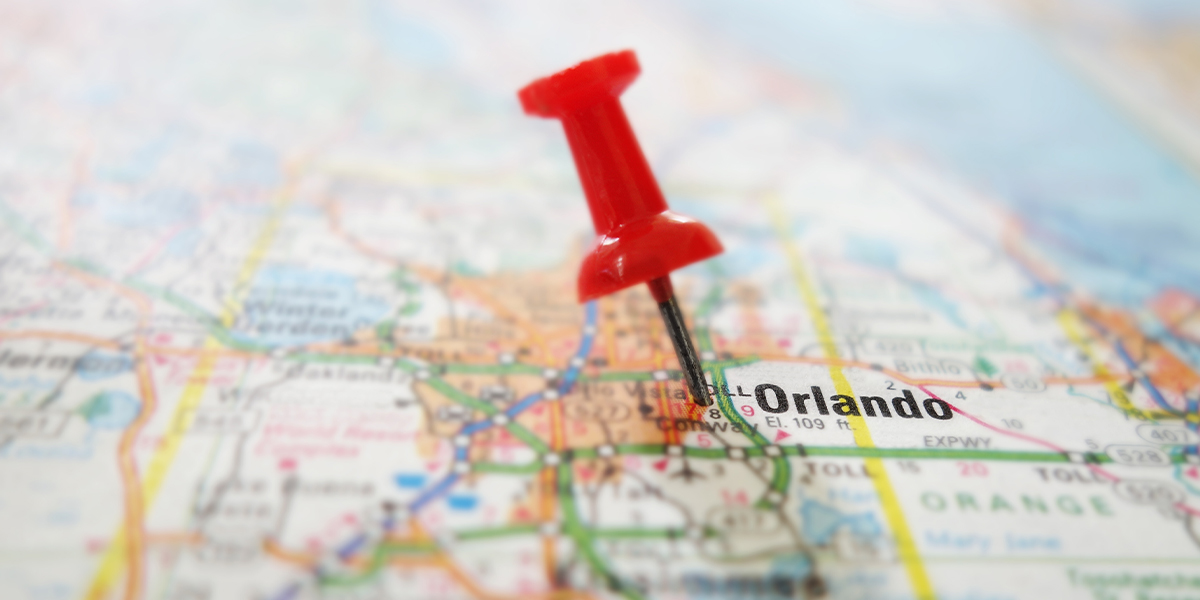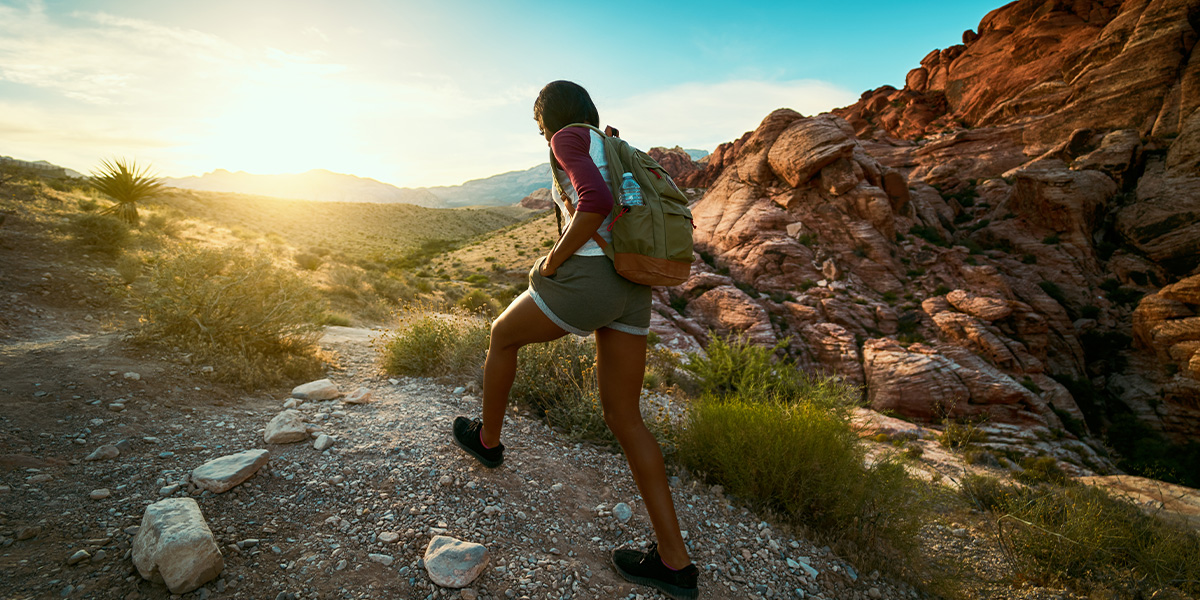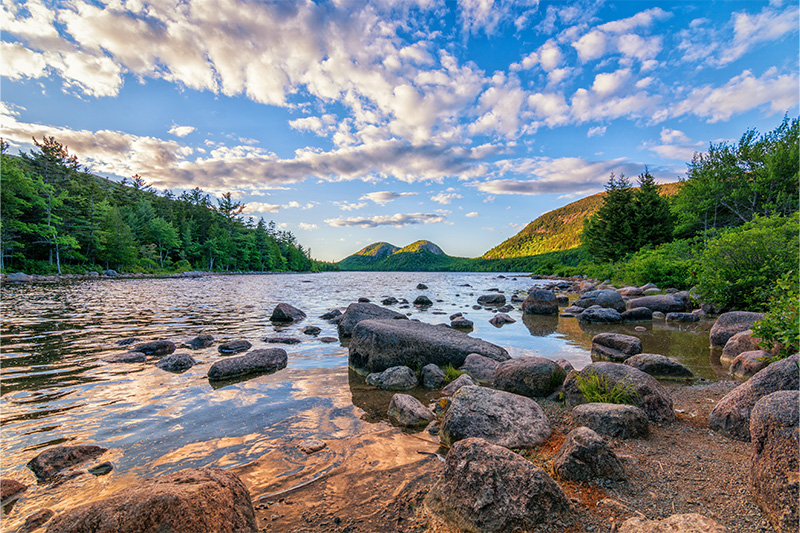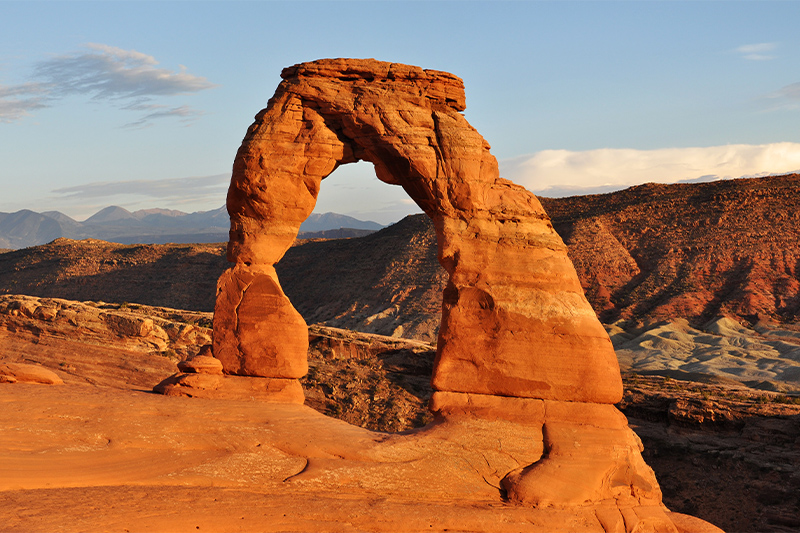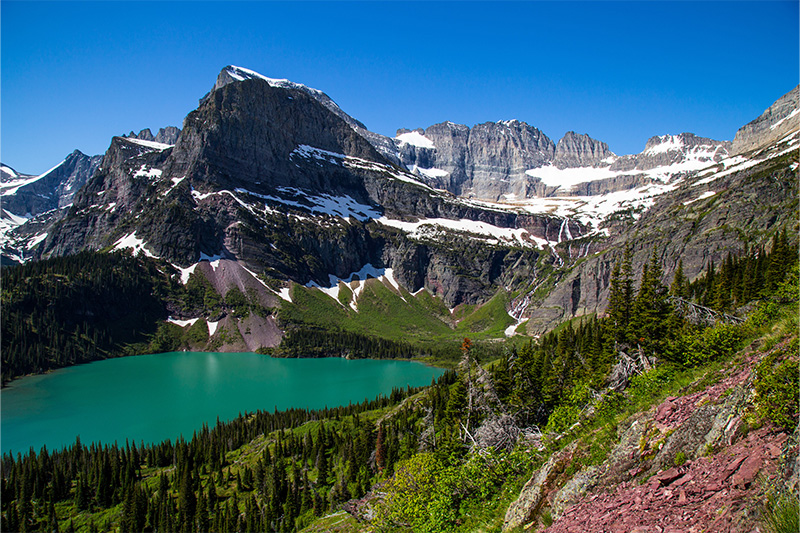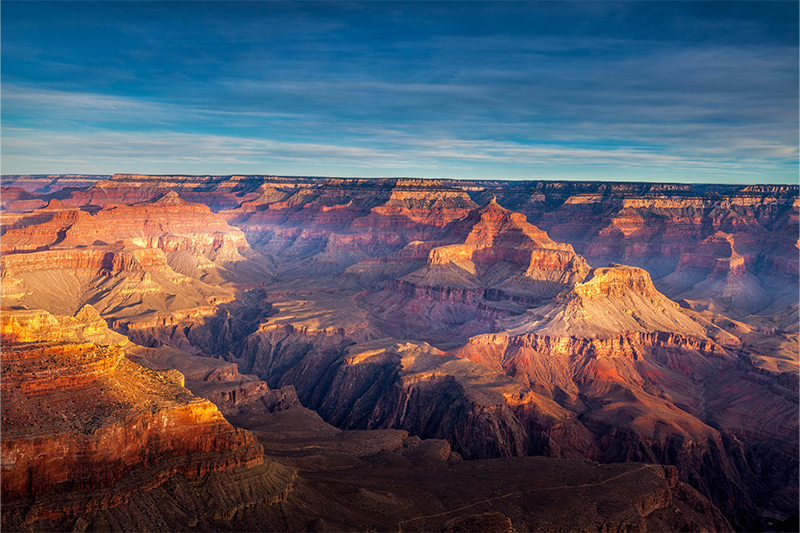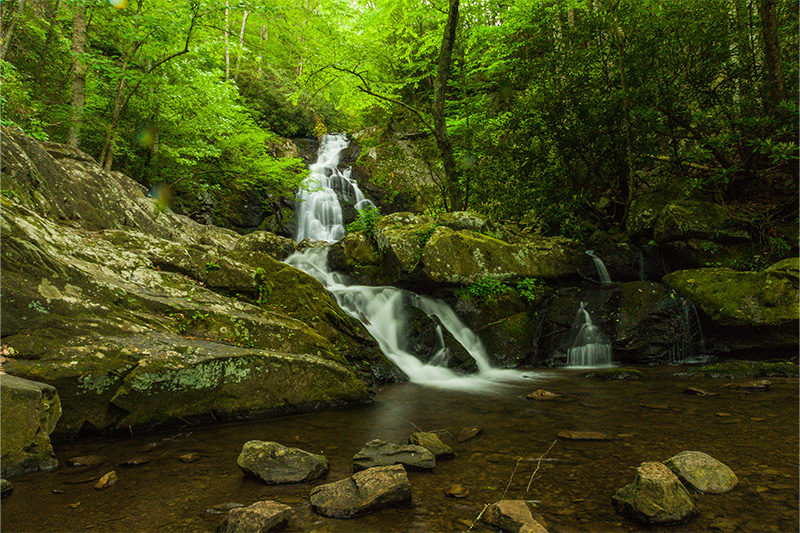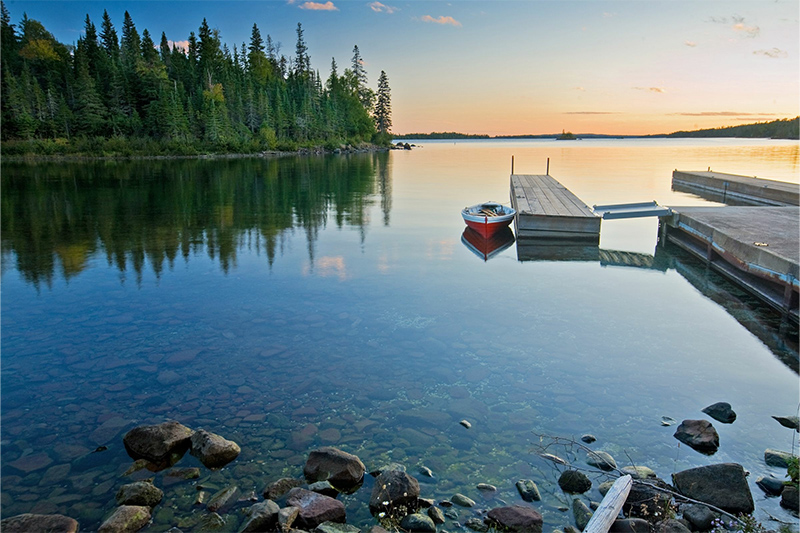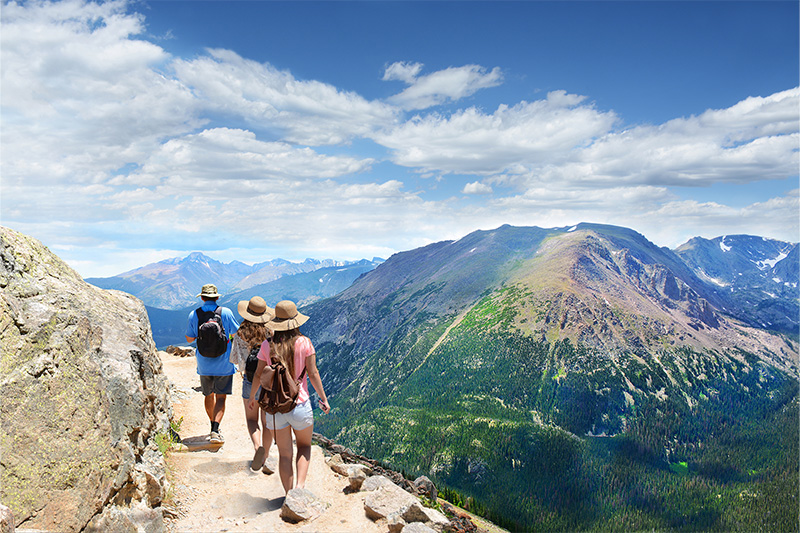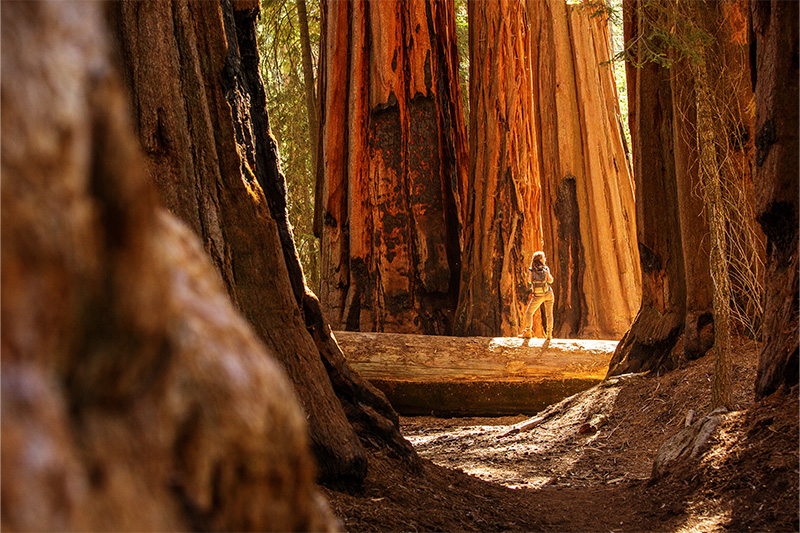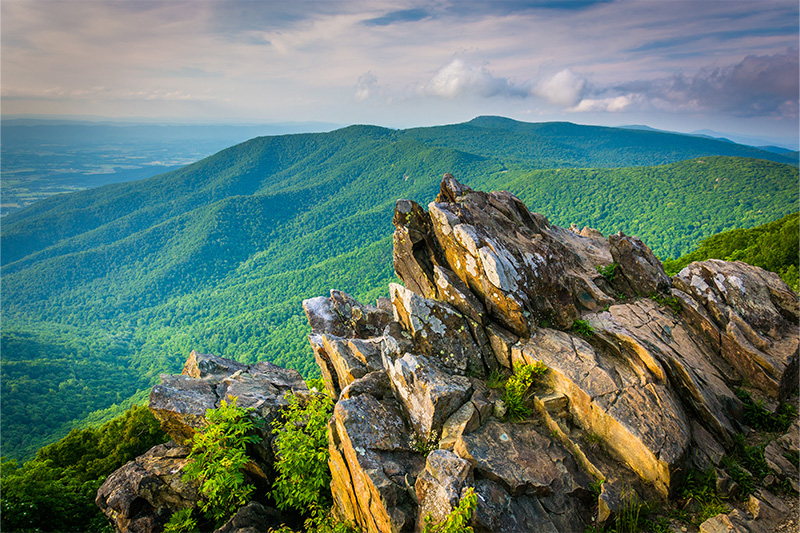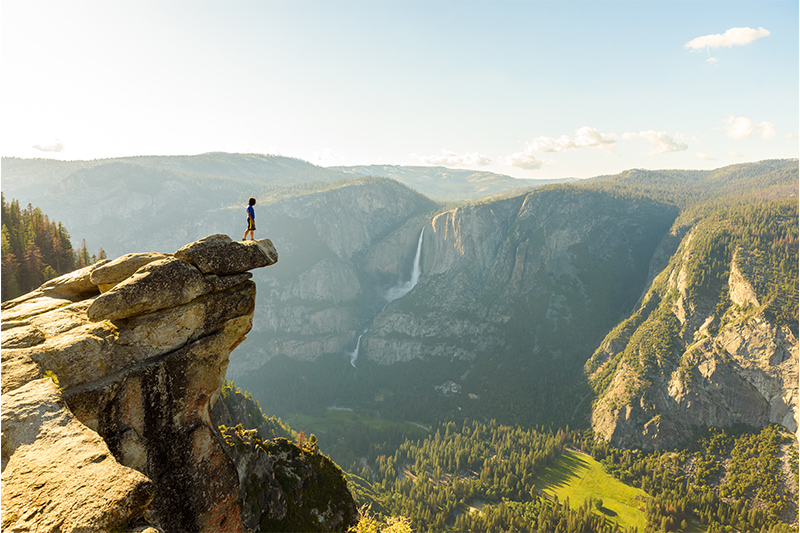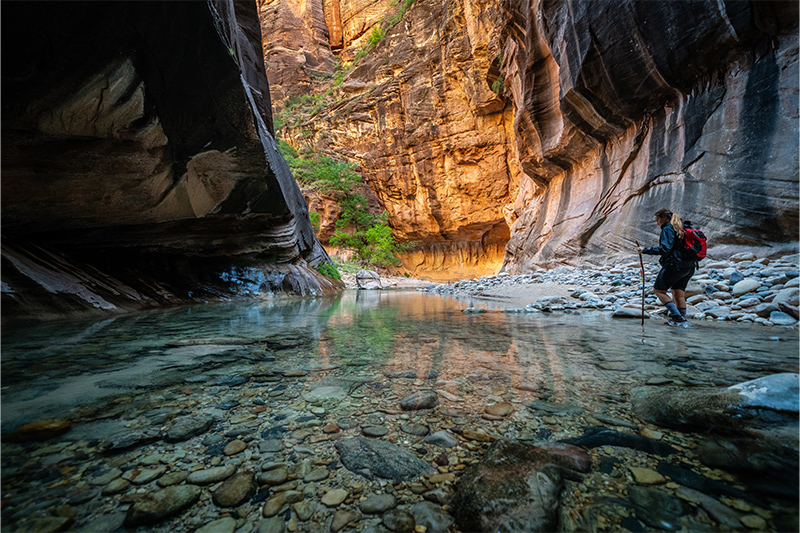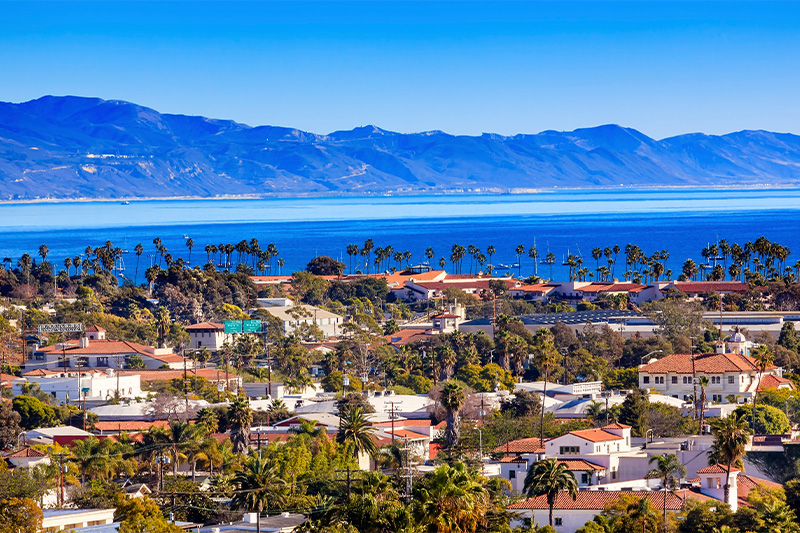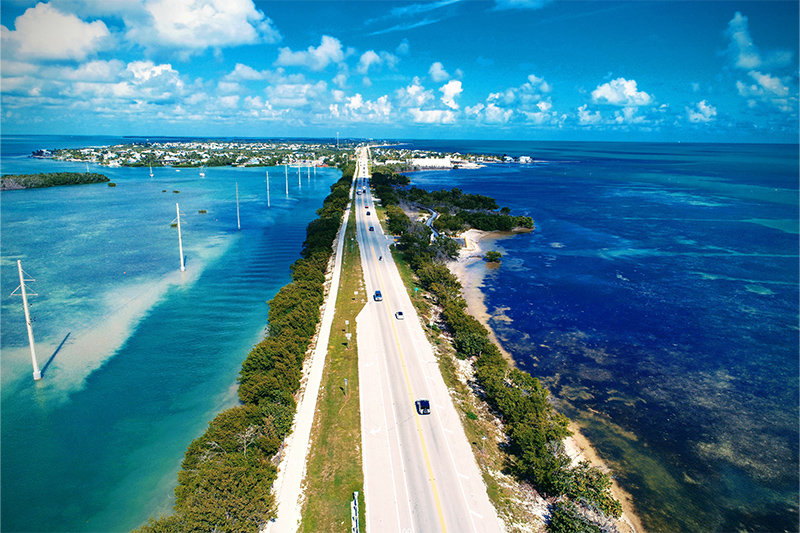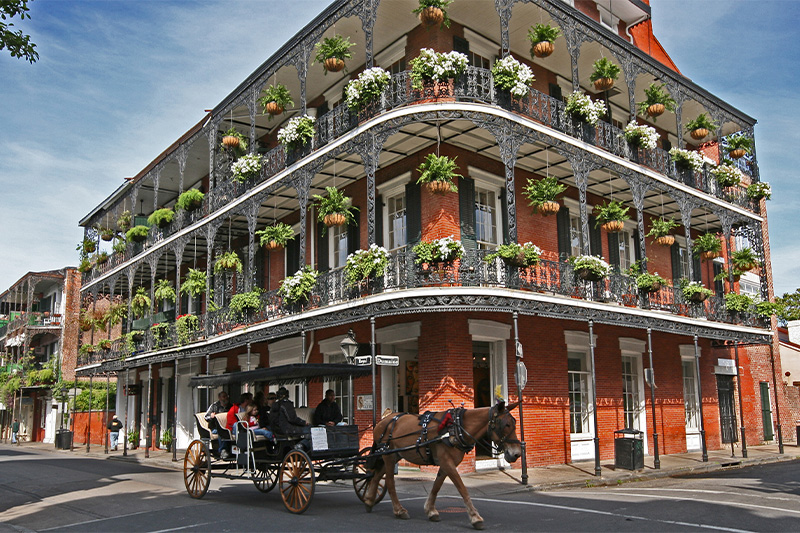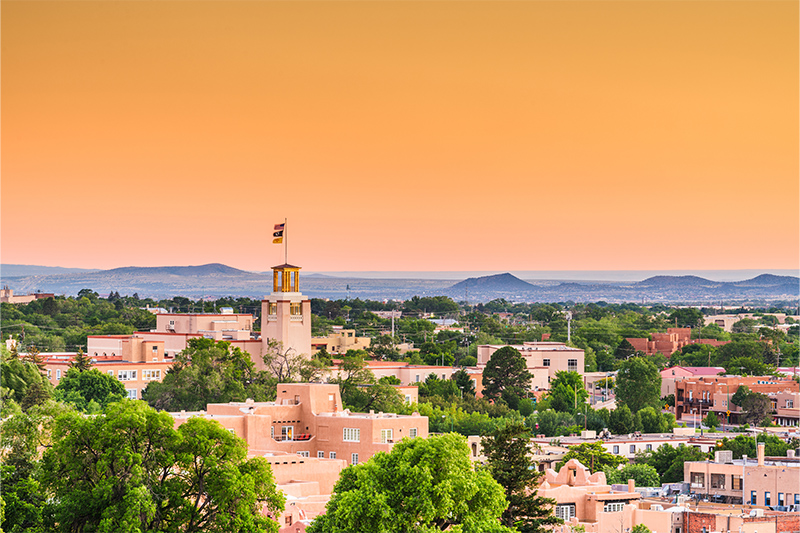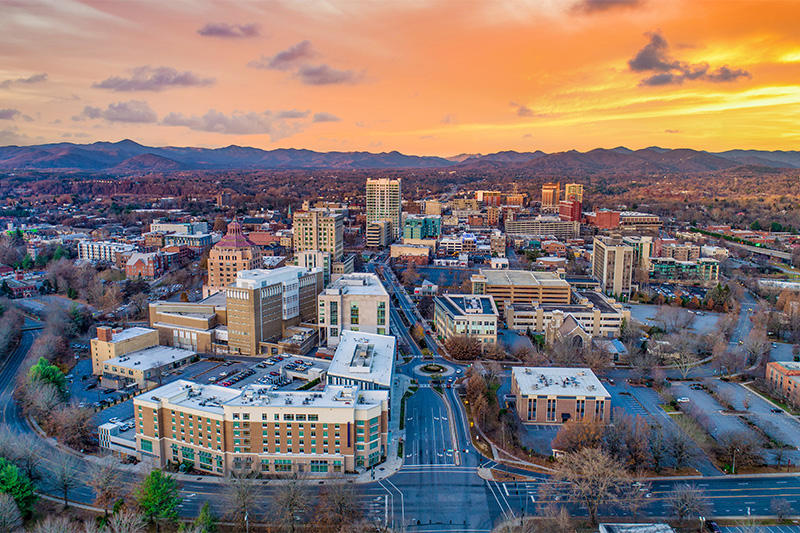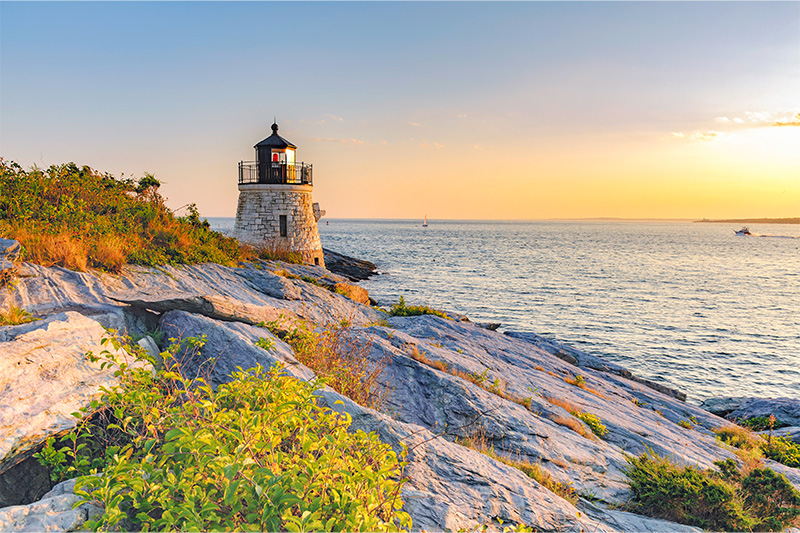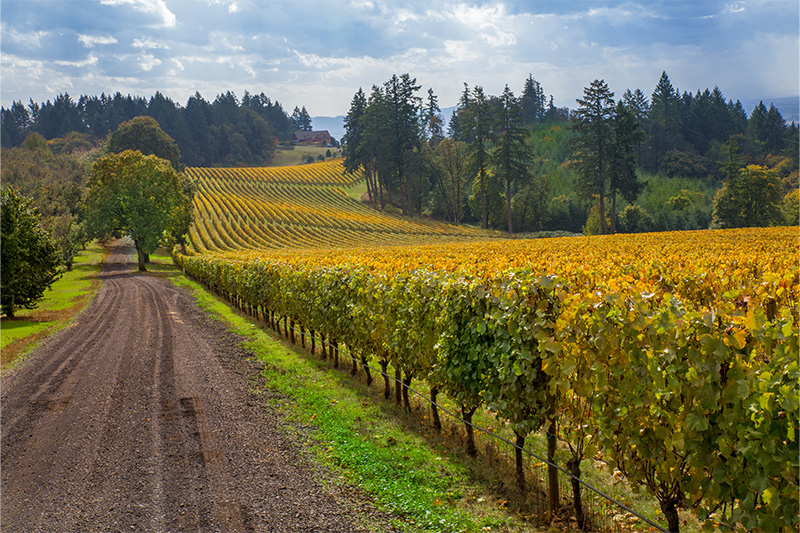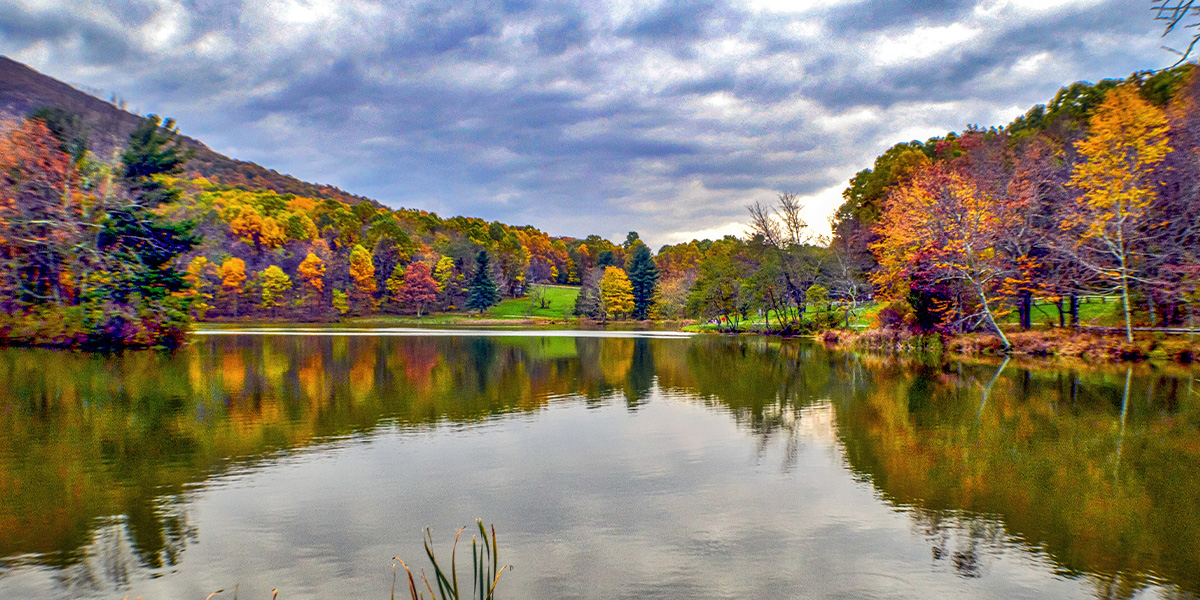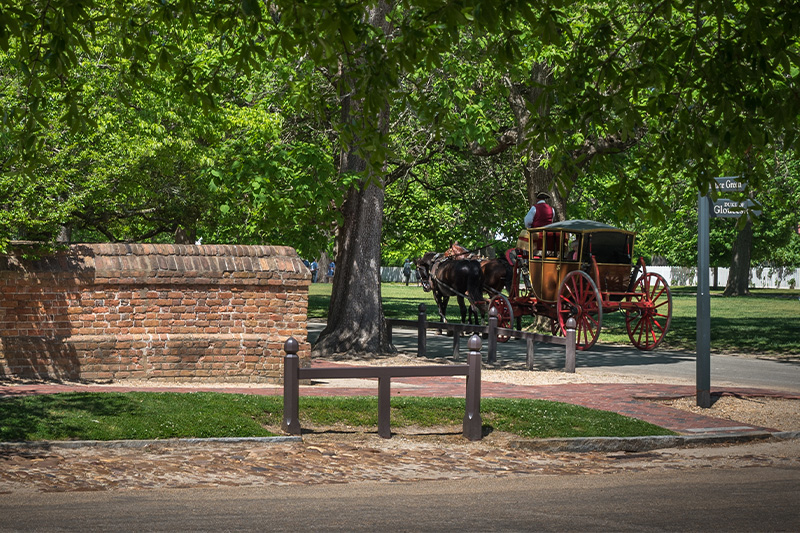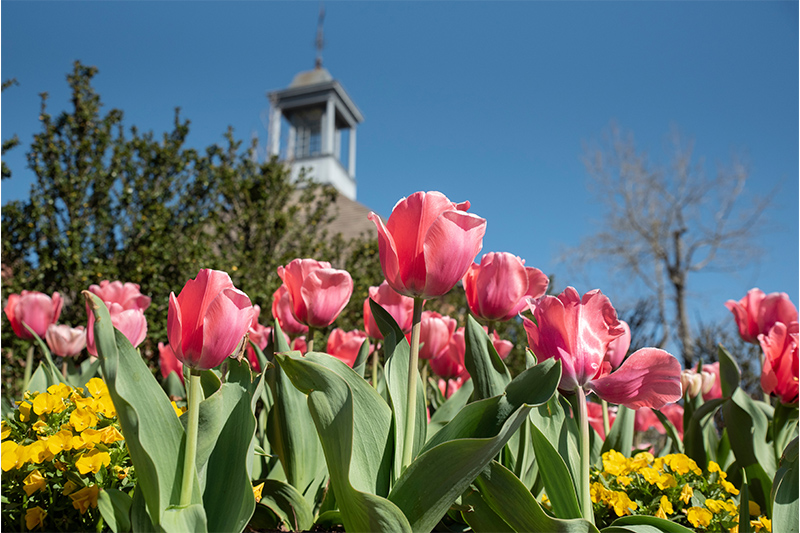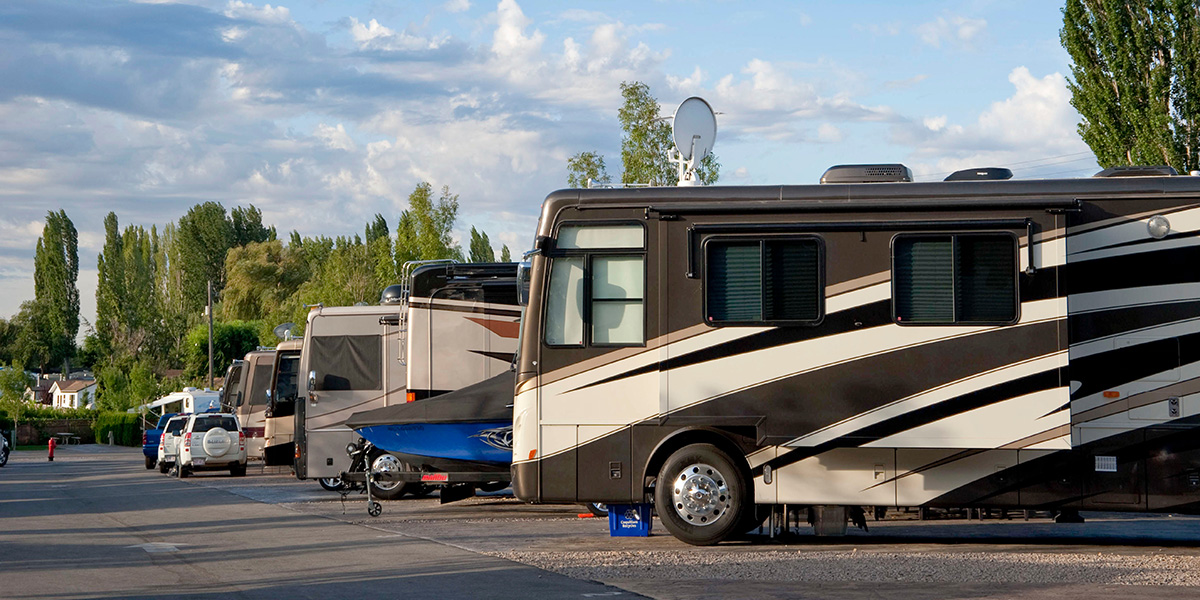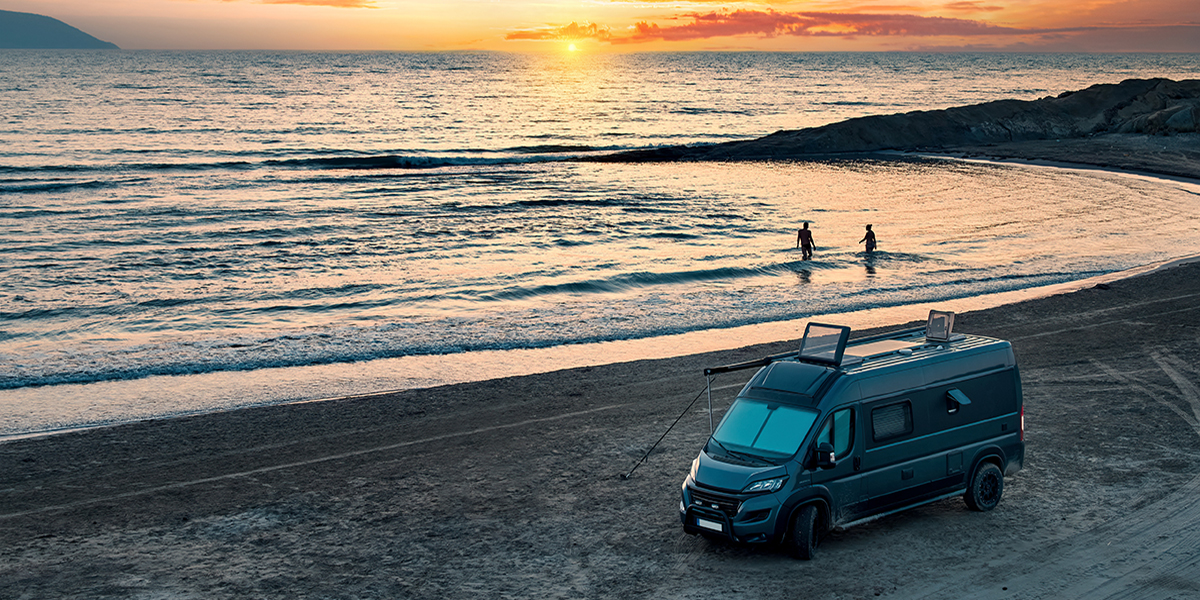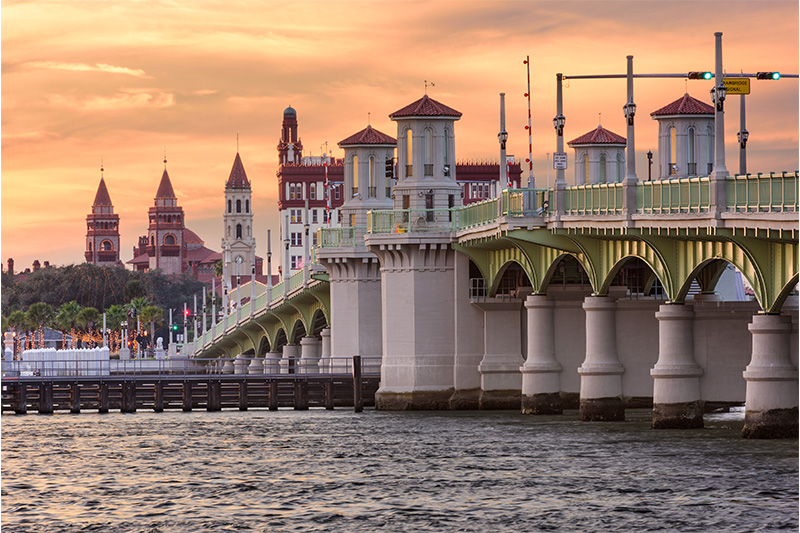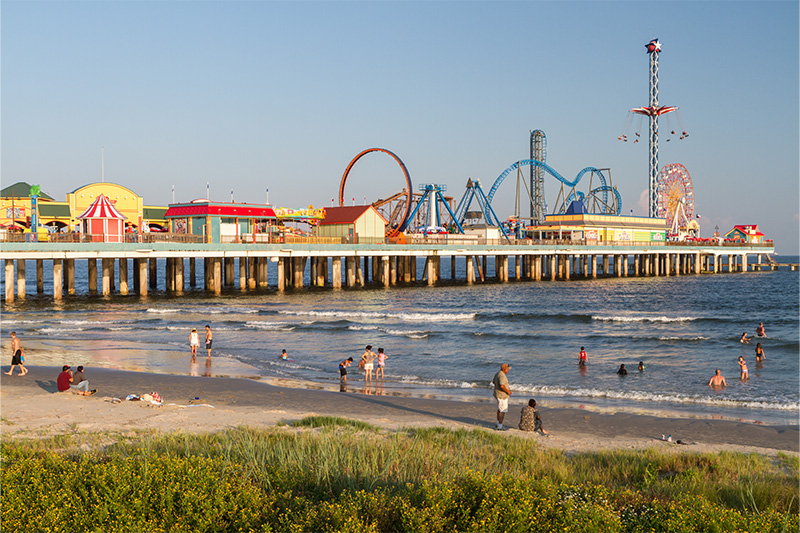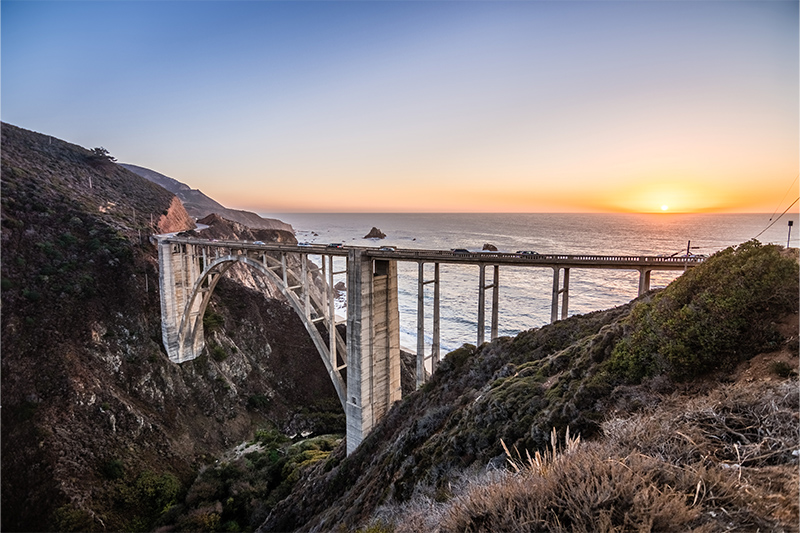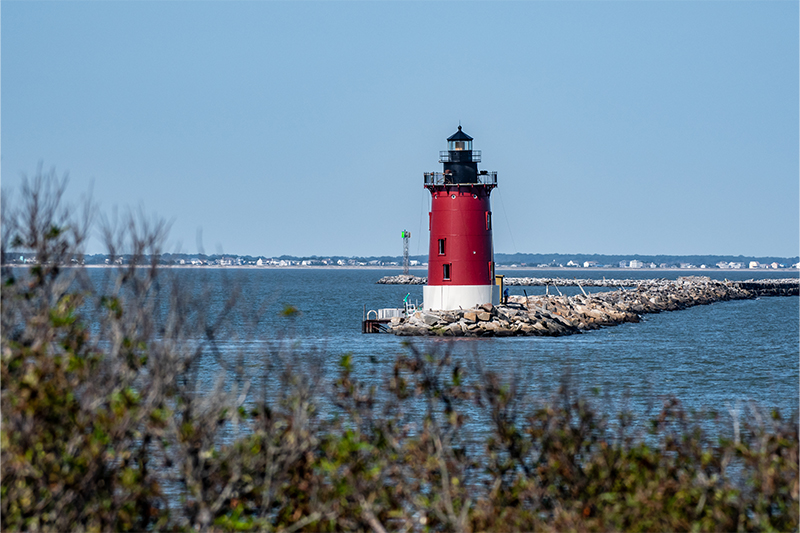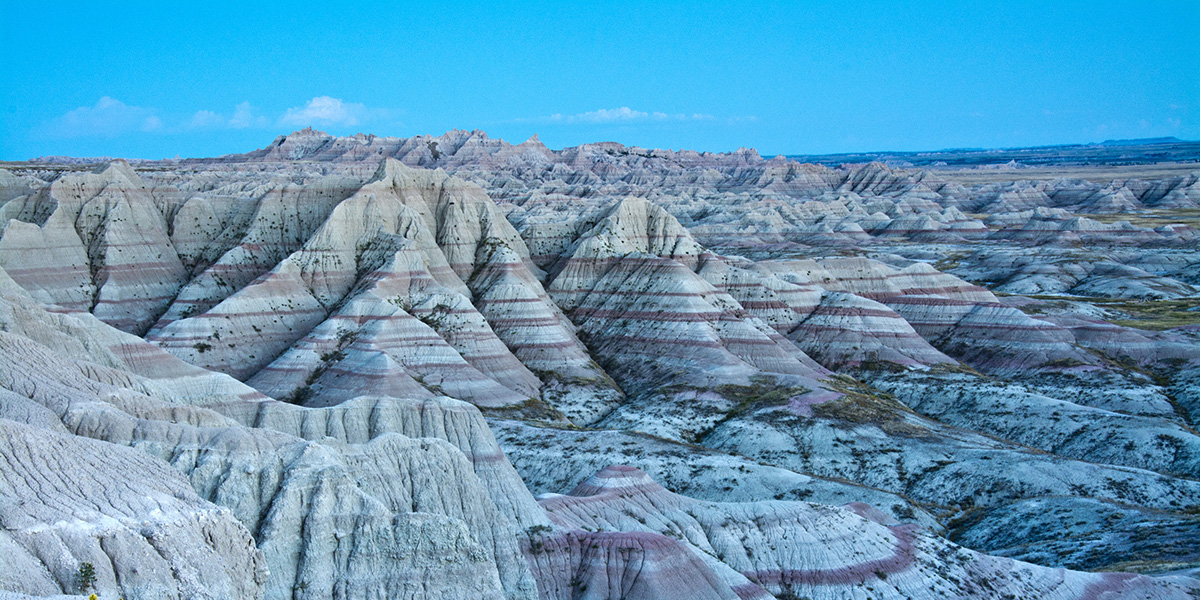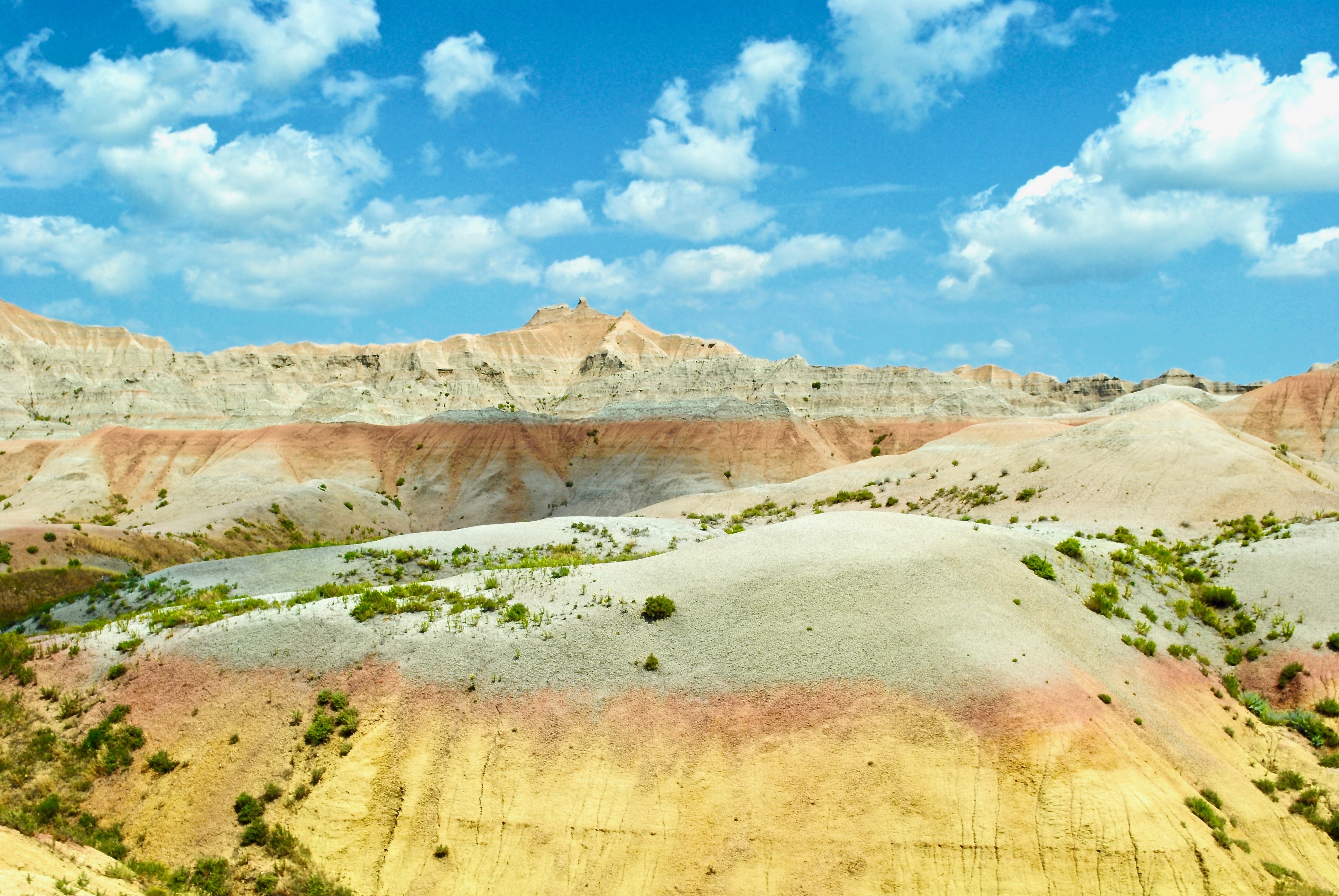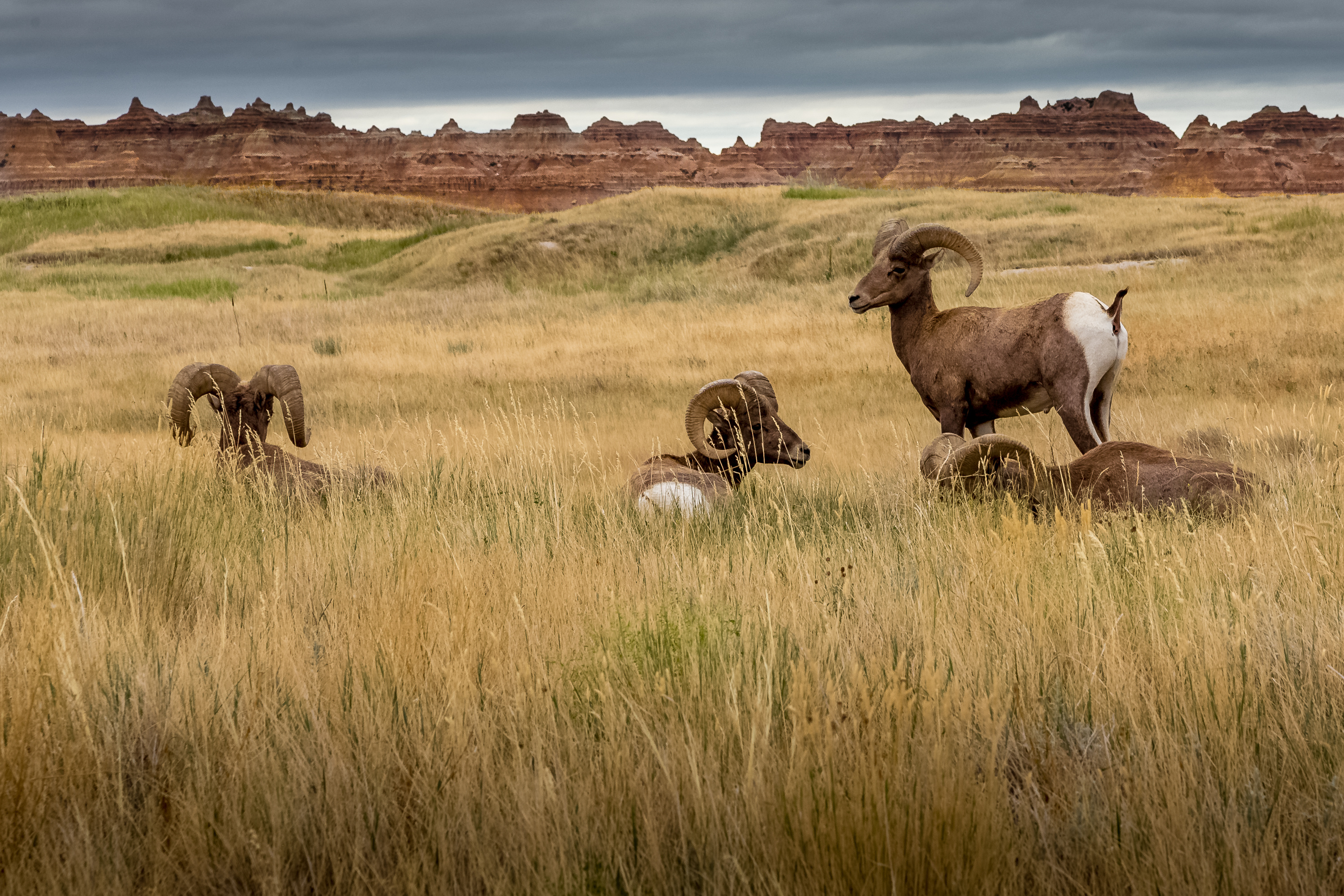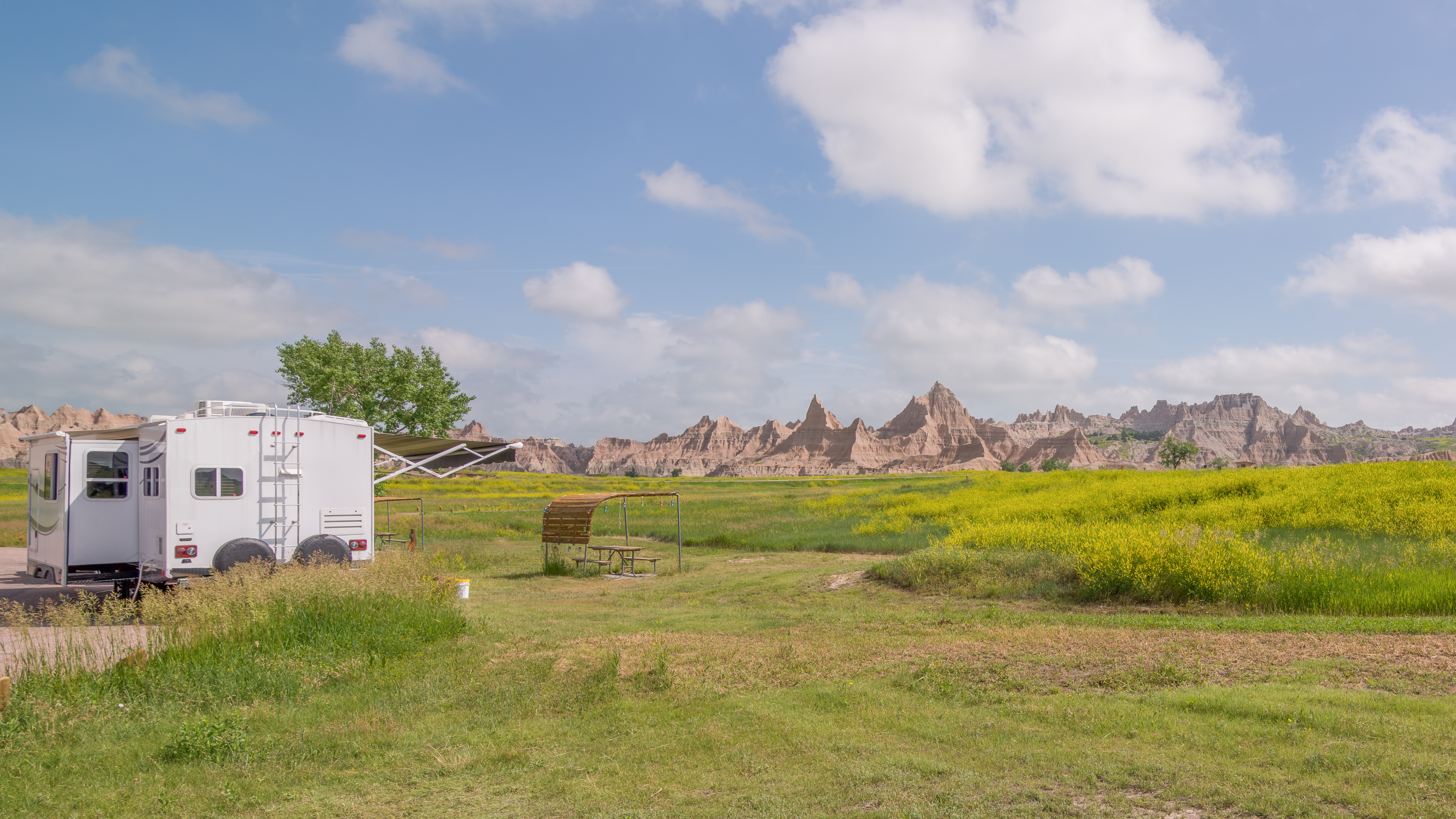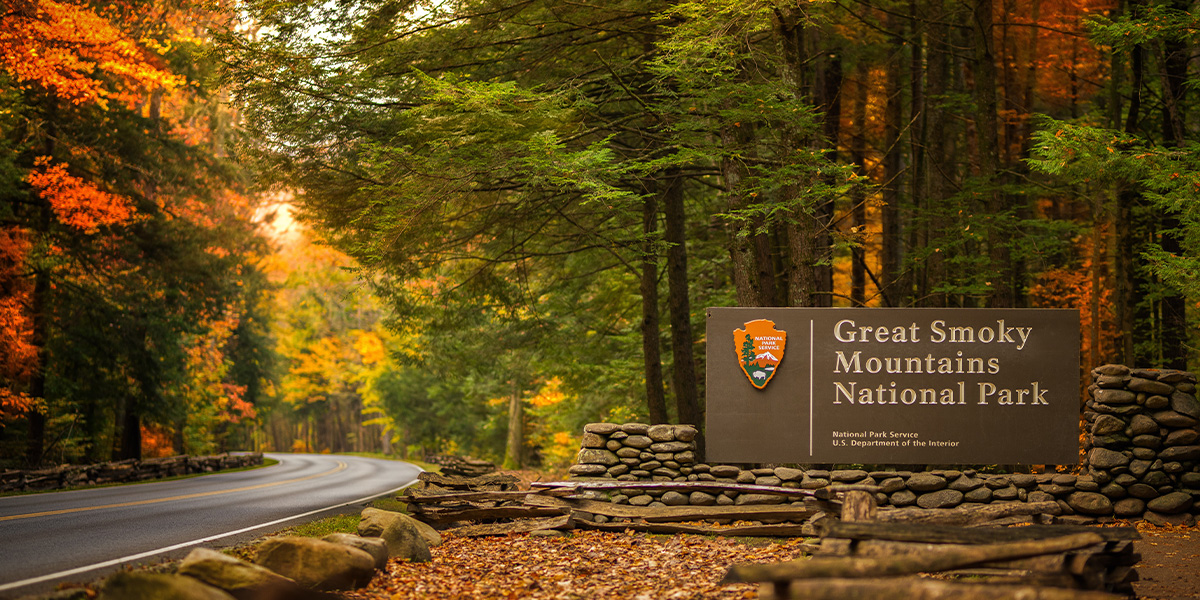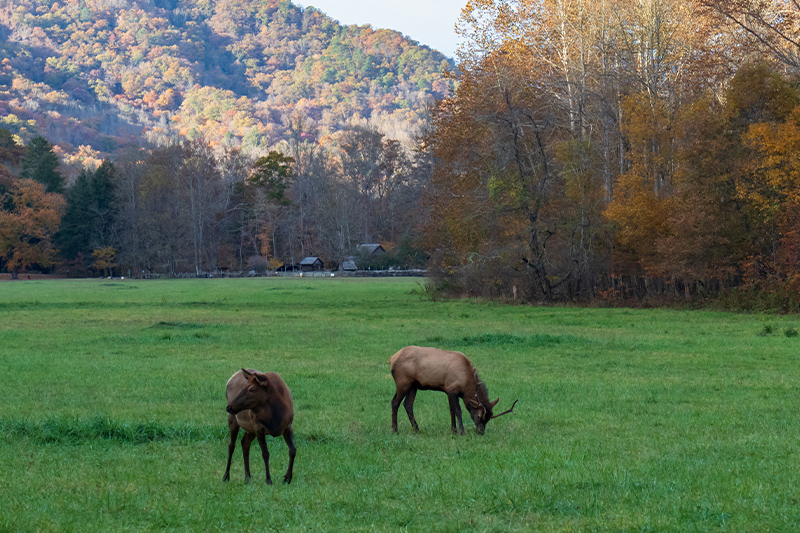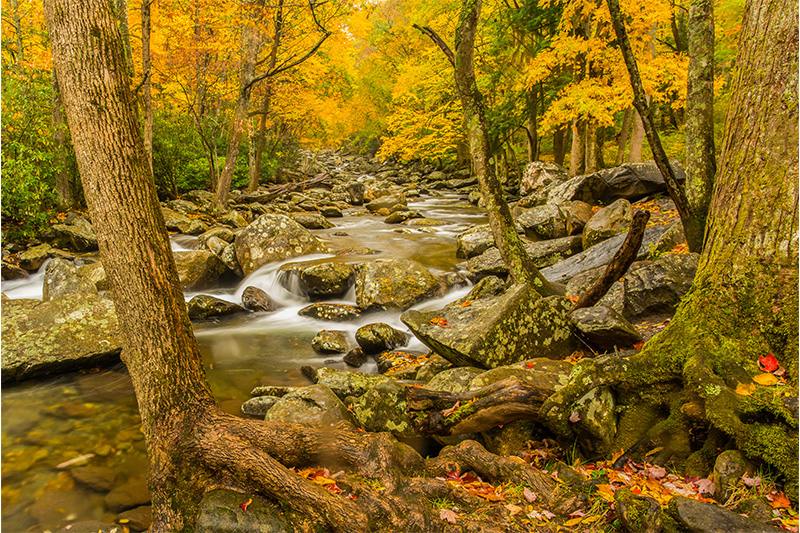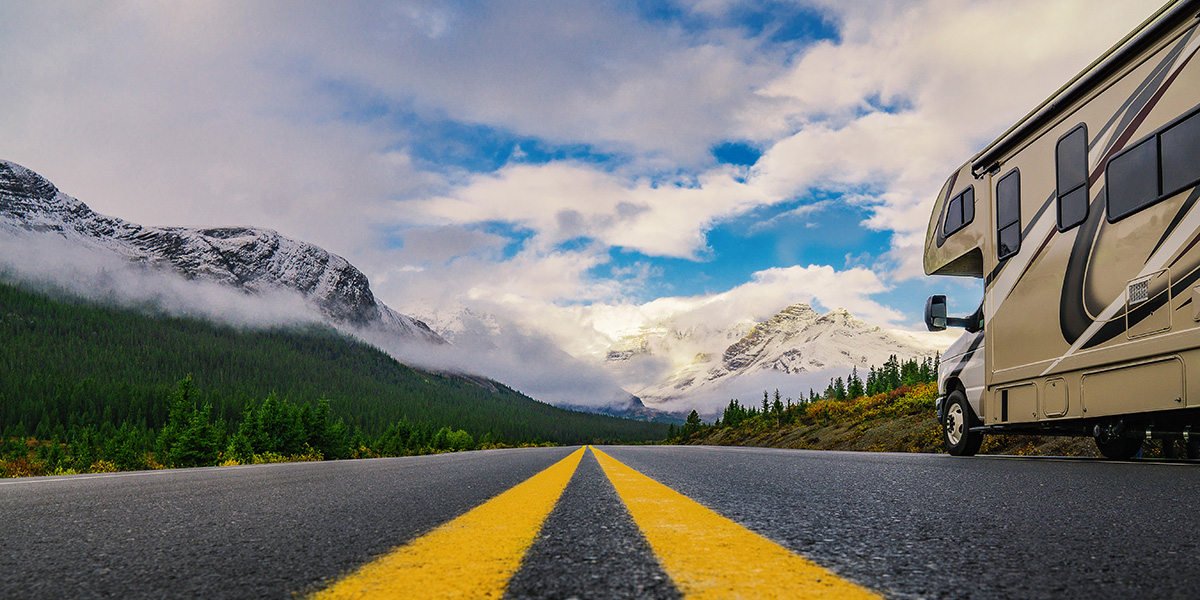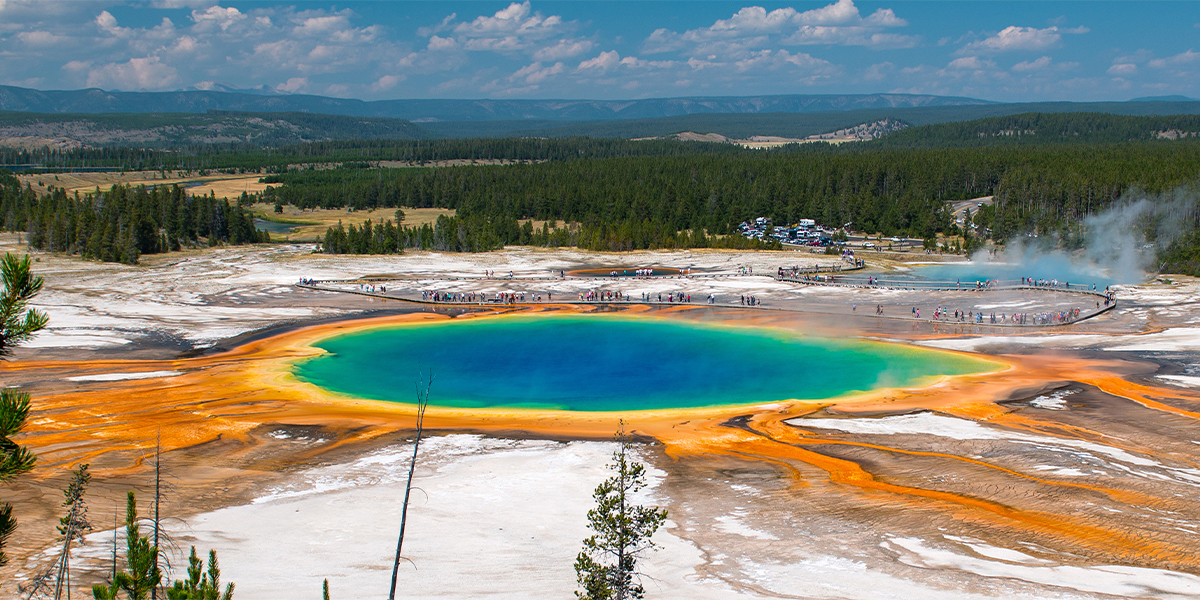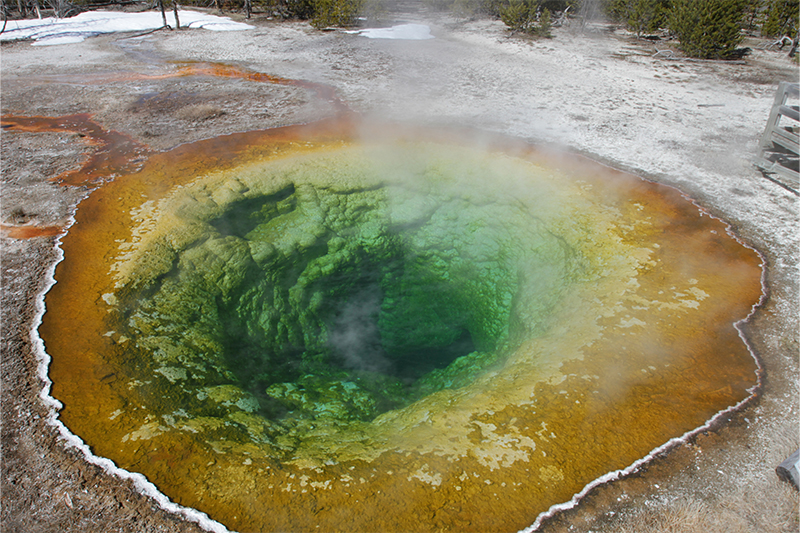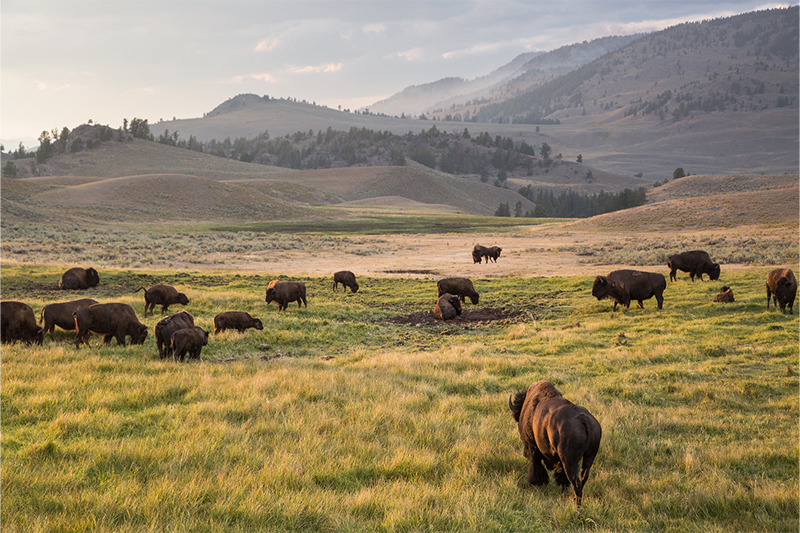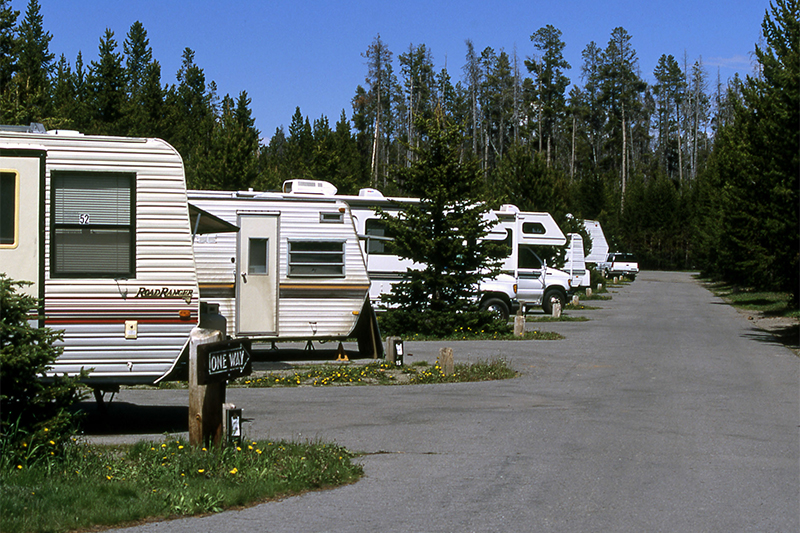Updated for 2023
How do you make a trip to the happiest place on earth even better? Grab your family, load up your RV, and drive there! A road trip to Disney World in an RV is an amazing opportunity for family adventure. Every year, families hit the road and travel to Orlando, Florida for a Disney vacation.
Susan Wenograd has one of those families. She and her husband, with their 7-year-old daughter and two chihuahuas, have traveled to Disney World four times in their motorhome. Wenograd most recently put her 2019 Fleetwood Bounder on the road for a spring trip and tells RV Trader her tips for planning an RV trip to Disney World.
Best Time to RV to Disney World
One of the first steps to planning a camping trip is to figure out when you’re going.
Wenograd explains, “Disney used to have down times, but in recent years, it’s harder to find them.” She continues, “they have festivals all year round at Epcot now, and it’s been notably more packed with the 50th anniversary this year. Plus, folks didn’t go during COVID, so the pent-up demand is pretty insane!”
Summer typically draws the largest crowds to Disney World, but that doesn’t mean winter will always be a better option. “Most people assume winter is empty,” says Wenograd, “but you’ll want to be careful around long weekends like Martin Luther King Jr. Day.” She also offers a tip to check Disney World’s calendar for any events happening in the park, including marathons.
“You can usually find good spots mid-January through March, and late August [through the] beginning of November,” Wenograd shares. No matter when you travel, Disney World is still a magical destination year-round.
Choosing a Campground near Disney World
Disney allows guests to book their park passes and resort accommodations a couple of years in advance. As an RVer, you should reserve your campground and RV park early too. Travelers have their choice at an RV park on the Disney World property or another campsite in and around Orlando.
When deciding which option is best for you and your budget, Wenograd suggests checking to see how the prices fluctuate throughout the booking year. “You’ll notice the price swings correlating with how busy/not busy the park will be.”
Wenograd says she always stays on property and recommends Disney’s Fort Wilderness Resort & Campground even though there are less expensive options outside of the park.
“If you’re going to spend the whole time in Orlando at Disney, I’d stick to Fort Wilderness. It’s beautiful, clean, the staff is Disney-level service, you have great food and a bar on property—it definitely feels like a vacation still.”
She suggests booking your campsite at Fort Wilderness at least six months in advance. “The window starts closing after that, with full weeks that you won’t be able to book.”
While staying off property might seem like a better discount, Wenograd recommends watching out for hidden fees.
“If you stay off-property and then drive in [to the park], you’ll have to pay to park each day,” she explains. “If you stay on site at Fort Wilderness, park transportation is provided.”
Wenograd points out that there are benefits to choosing a campsite on the Disney World property, including extra hours at the park, electric hookups for your RV, and pools to help you beat the heat if you’re visiting in the summer.
“Make sure you weigh all of that when you evaluate cost and where you’re staying,” she advises.
Ways to Keep Kids Entertained in Your RV
When it’s time to hit the road, make sure you have enough activities to keep your kids occupied for the drive ahead. Whether you’re traveling a few hours or a few days, keeping a child entertained in your RV can be a big task, especially if your kid is new to RVing.
“We have the TV on with a stack of Disney movies for our daughter, and it gives her ideas and reminders about what she likes or wants to try once we’re there,” says Wenograd.
In addition to movies, Wenograd packs plenty of things for her daughter to do while they’re on the road, such as an iPad, books, and coloring supplies. She notes that after a while, your children will develop their own routine for keeping busy on the road, just as her daughter has. Wenograd also recommends packing snacks and meals before you leave so you won’t have to stop as much or prepare anything while you’re driving.
Getting To Disney World from Your Campsite
You’ve finally arrived in Orlando and it’s time to take on Disney World. How are you getting there? If you have a fifth wheel or travel trailer, you can drive your tow vehicle to the park. However, a standard parking pass for Disney World’s four theme parks can cost $25 per day. This price increases to $30 if you decide to park your camper trailer or motorhome at the park.
This is why Wenograd praises the perks of staying at an on-property campground. Disney Resort guests have access to free transportation to and from the park.
“There are boats from the Fort Wilderness Marina over to Magic Kingdom, and you can connect to the monorail there for Epcot if you’d like,” Wenograd explains.
While this is incredibly convenient, and allows you to save some money, she also says that the wait times for the buses to Animal Kingdom and Hollywood Studio can take time away from your day.
“We tend to grab an Uber for those because it’s not far and, for less than $10, we can be there in 10 minutes,” she says. “Which is still cheaper than driving yourself and paying for parking.”
Enjoy the Comforts of Home at Disney World
One of the reasons Wenograd loves RVing to Disney World is the reason many people love RVing in general—you can enjoy the comforts of home from anywhere.
She appreciates the ability to start every day with a leisurely breakfast in their RV, then pack snacks and ice-cold water bottles to take into the park. At the end of each night, Wenograd says she washes her clothes after a day in the hot Florida sun.
“The comforts of home really take out a lot of the stress and planning for things like meals, breaks, etc.”
Disney World is a fantastic, family-friendly destination for creating lifelong memories, and RVing there lets you start the fun as soon as you hit the road. By traveling to Disney World in your RV, your family will have a wonderful time, while you save some money in the process. And, if you’re looking for an RV to take on your next Disney vacation, browse the nationwide inventory of used and new RVs for sale on RVTrader.com.
